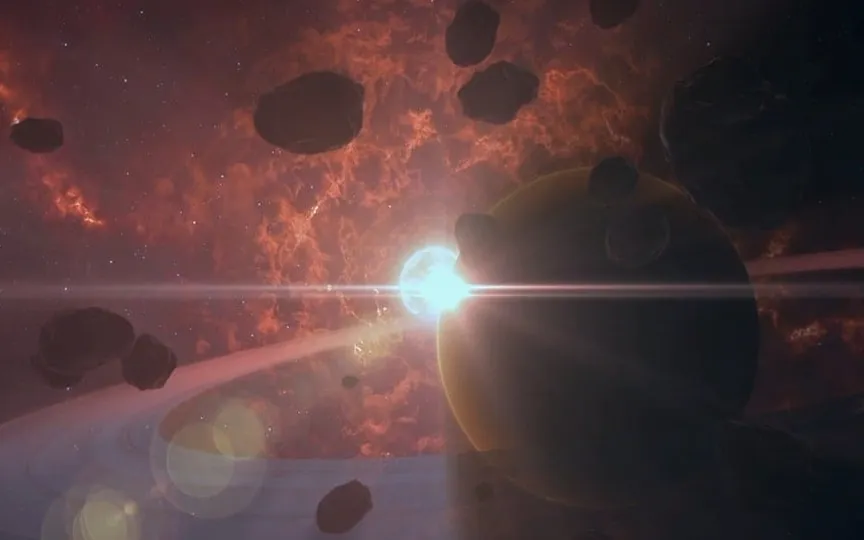NASA reveals that a large asteroid the size of an aircraft will come close to Earth; Find out its speed, size, and other details.
NASA has utilized its advanced technology to provide insights into an asteroid that is anticipated to approach Earth on February 13. This celestial object is among several others that have already traversed or will traverse near our planet in recent weeks. Although some of these asteroids may come closer to Earth than the Moon, the majority do not pose any danger and pass by without incident. Nevertheless, space agencies persistently monitor their trajectories to identify any potential collision risks. Stay informed about today’s close encounter with the asteroid.
Asteroid 2024 CB1: Details
Asteroid 2024 CB1 is expected to pass Earth at a distance of only 1.4 million kilometers and at a speed of 63174 kilometers per hour, which is almost as fast as the space shuttle! It is important to note that although it has been called a near-Earth asteroid due to its close flyby distance, it is not expected to actually impact the planet.
It belongs to the Apollo group of Near-Earth Asteroids, which are space rocks that pass through the Earth and whose semi-major axes are larger than the Earth’s axis. These asteroids are named after the huge 1862 Apollo asteroid discovered by German astronomer Karl Reinmuth in the 1930s.
How big is the asteroid?
NASA has not designated asteroid 2024 CB1 as a potentially hazardous asteroid. Only celestial bodies longer than 492 feet that pass Earth closer than 7.5 million kilometers are defined as such, and asteroid 2024 CB1 does not meet one of those requirements. Asteroid 2024 CB1 measures nearly 160 feet across, making it almost the size of an airplane!
According to NASA, this will not be Asteroid 2024 CB1’s first close approach to Earth. The first time it approached the planet was on January 28, 1905, when it passed at a distance of about 51 million kilometers. After today, it will pass the Earth again on July 10, 2025, at a distance of almost 62 million kilometers.




